ET5, stabilized
On the evening of December 18, 2021, Li Bin unveiled NIO’s first mid-size intelligent electric car, the ET5, at NIO Day.
Just three days before NIO Day, well-known foreign media Edmunds awarded “2022 Best Pure Electric Vehicle” to Tesla Model 3 for the third consecutive year. In addition to Tesla’s own product strength, this situation is largely due to the fact that Model 3 has not encountered a real competitor in the past few years.
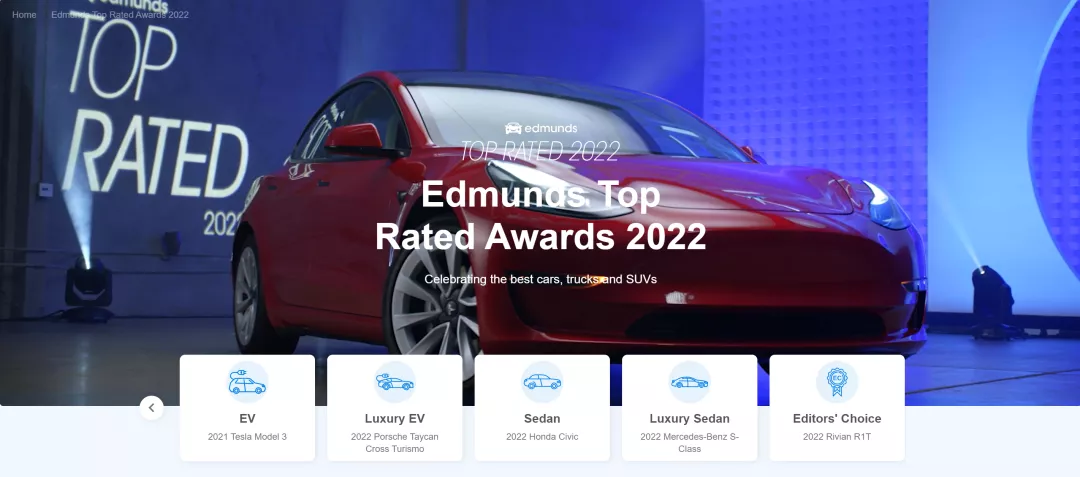
Everything changed after tonight, because of the ET5.
ET5, steady on
Without further ado, let’s take a look at some official photos of the ET5.
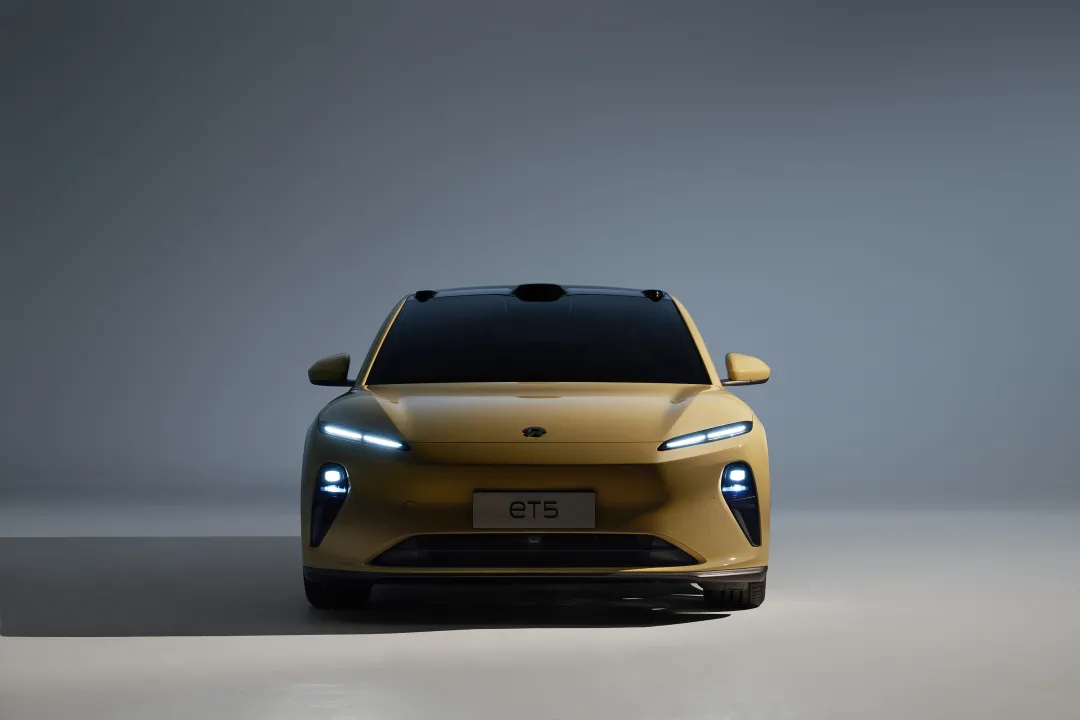
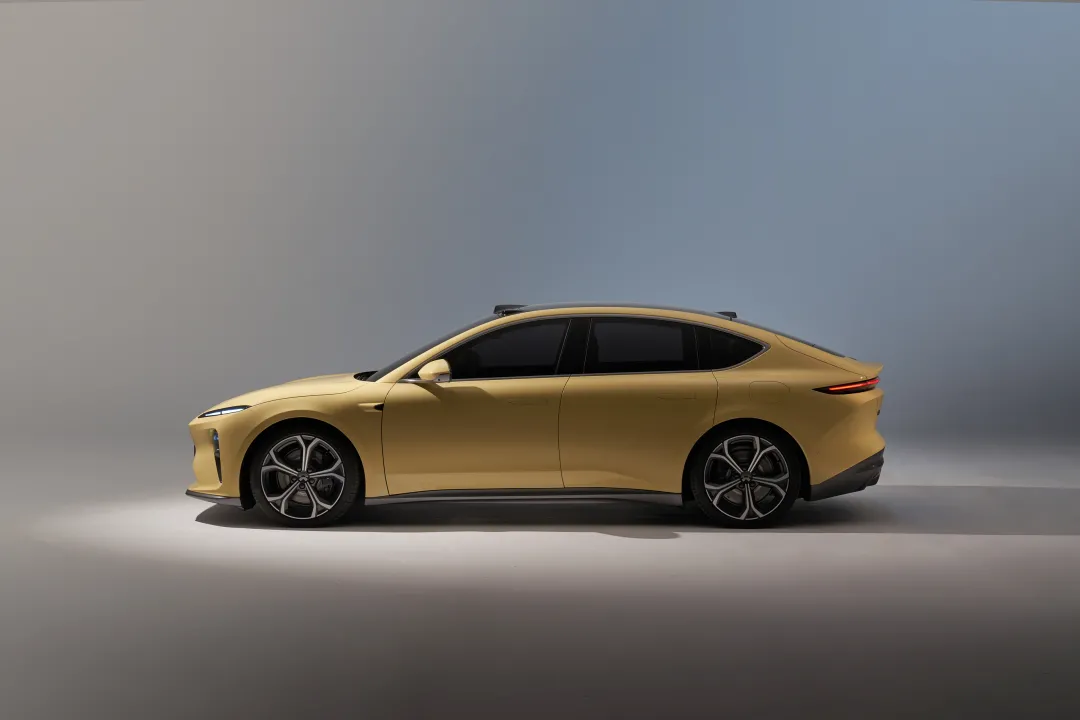
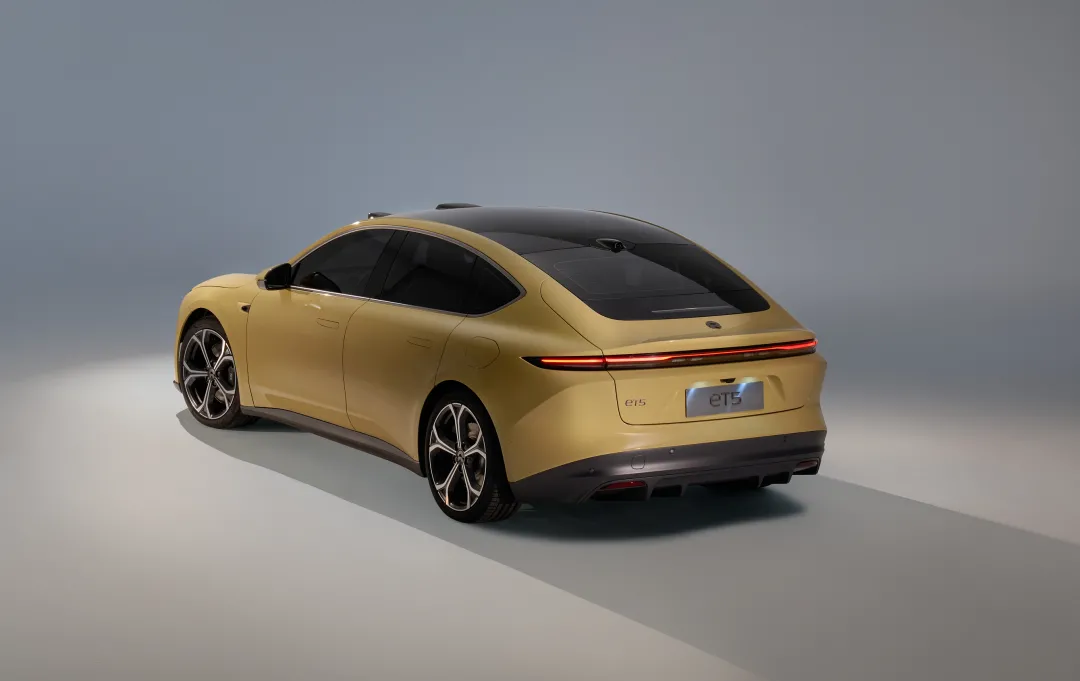
Beauty is in the eye of the beholder, but in my opinion, the ET5 still has an element that none of NIO’s previous models possess, which is a more extreme design language with a sporty aesthetic.
From the perspective of car features and positioning, the ET5 is one level smaller than the ET7 and is on par with the BMW 325 Li and Tesla Model 3. Here are some basic information comparisons between them.
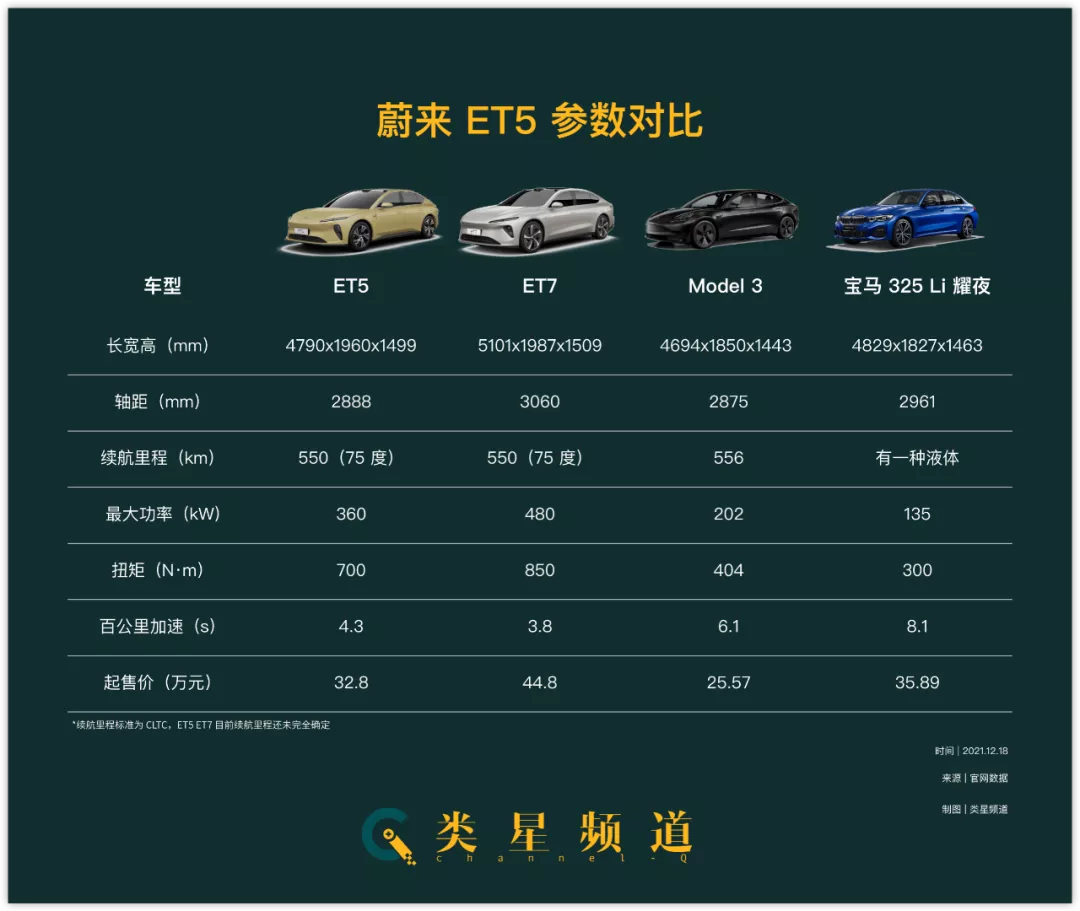
Compared to the ET7’s stability and elegance, the ET5 has gone all out on its sporty style.
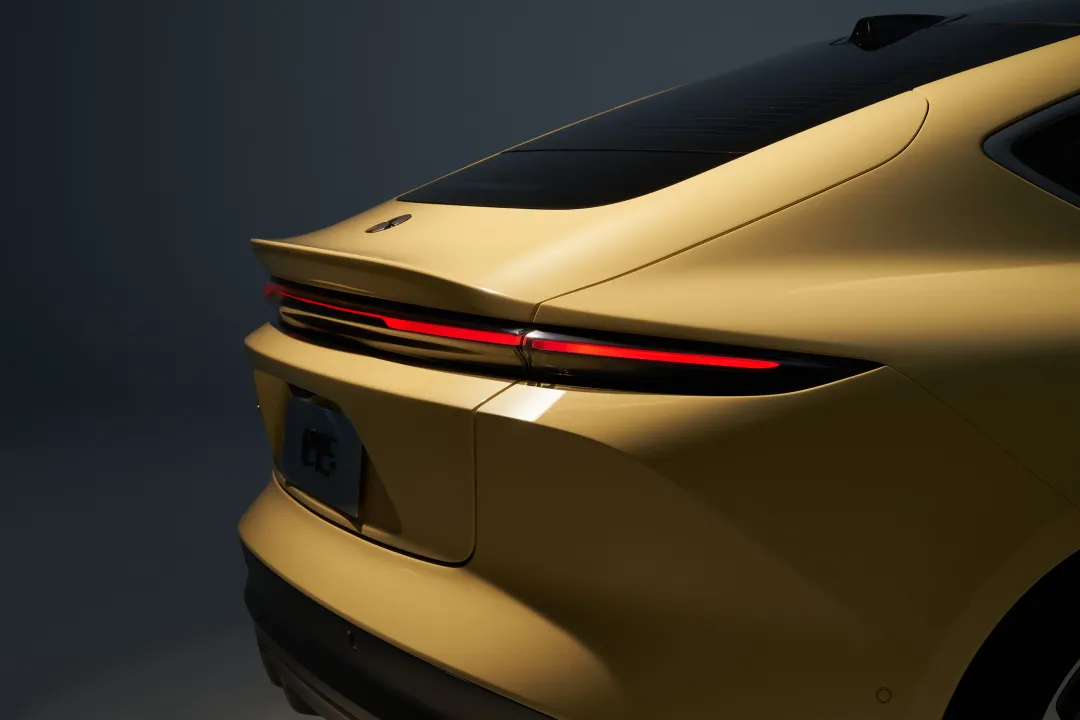
Even for the sake of this sporty design, the ET5’s tail is designed with a large diffuser and small ducktail. Overall, the ET5’s coefficient of drag is 0.24, which is not as extreme as the ET7. Therefore, with the same battery size, the ET5 has almost the same range as the ET7.
“NIO” is engraved with the word “sport” in its bones. From the EP9 to the ES8 and now the ET5, each car tries to demonstrate its own athletic ability through various performance parameters.The sporty feel and actual driving performance are not the same, so it’s not quite suitable to make the ES8, ES6, and ET7 (which are either SUVs or large sedans) to really fly, limited by their positioning.
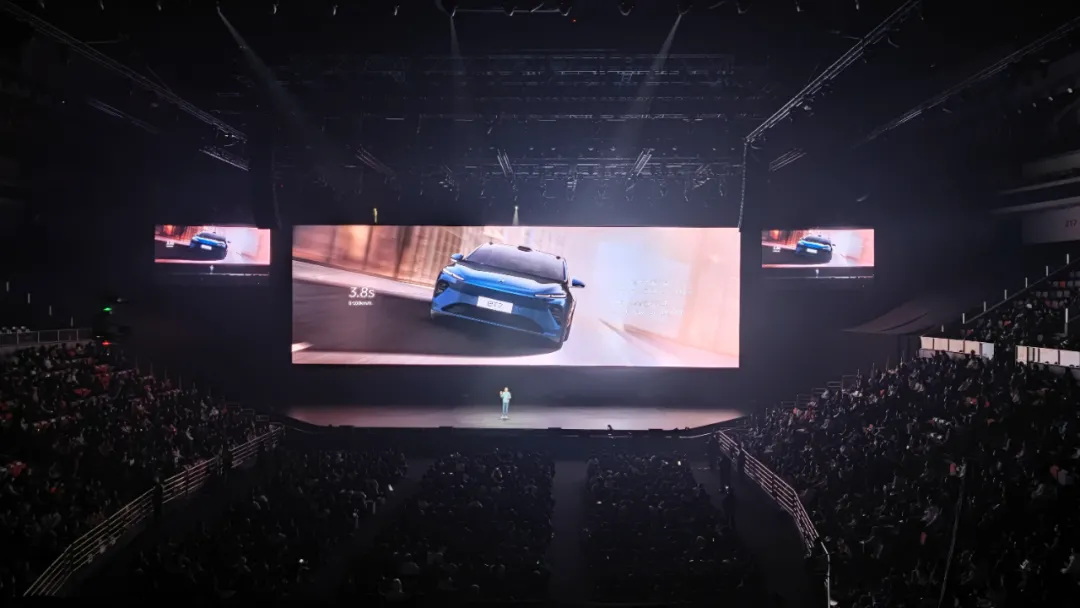
But ET5, as a mid-size sedan, might be different this time.
Why do I say that?
Let’s look at some information disclosed during the presentation:
Five-link suspension system front and back
Vehicle centric height: 482.6 mm
Wheelbase: 1685 mm
Front-to-back axle load ratio of 50:50
Intelligent four-wheel drive as standard configuration
In addition, the ET5 also uses the third-generation four-wheel drive powertrain of 150 kW front induction and 210 kW rear permanent magnet from NIO, boasting peak power of 360 kW, maximum output torque of 700 Nm, and 0-100km/h acceleration in 4.3 seconds.
All these put together, it’s clear that NIO this time is taking the sporty performance seriously.
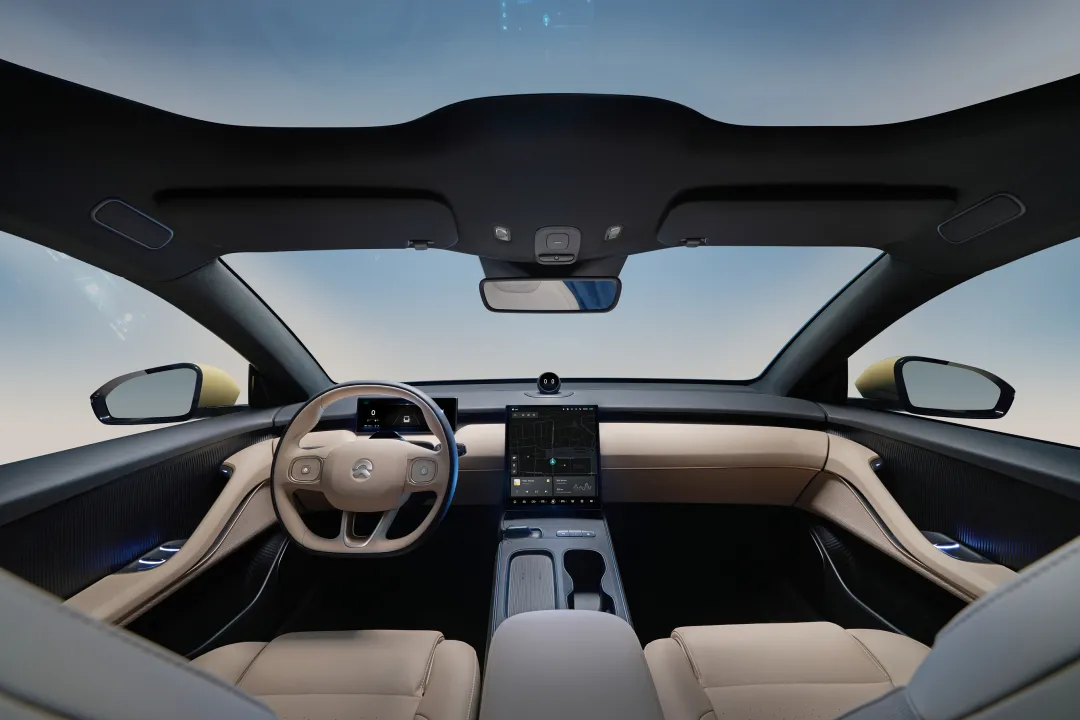
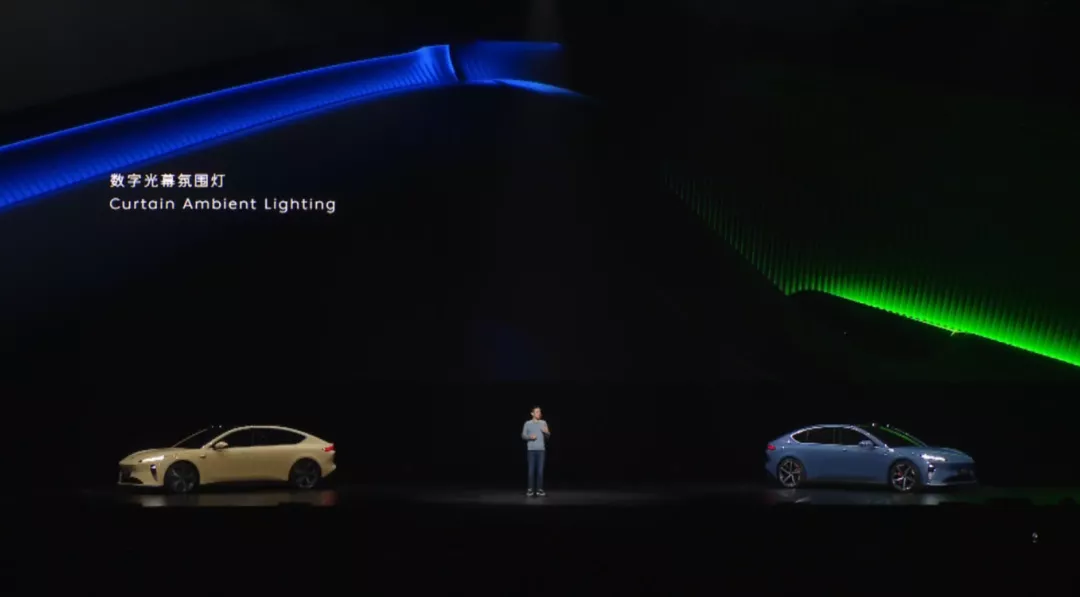
On the interior, the ET5 inherits the design style of the ET7, but with the addition of digital ambiance lights, enabling the necessary elegance during the day and also adding a touch of excitement at night that’s far from dull.
Through various designs, ET5 has directly answered many people’s question of why they’d buy an ET7 when the ET5 exists, which is completely different from the difference between the ES8 and ES6.
Of course, at its core, the ET5 is still a family sedan that needs to adapt to the majority of people, so how to balance comfort and driving performance is certainly a challenge for NIO engineers. As for actual performance, let’s anticipate the test drive of the ET5 next year.
Also, the ET5 is not equipped with air suspension this time, which is a slight disappointment.
PS: Our colleagues really hope that we can have a N POWER version of the ET5 to go to the track and enjoy the pleasure of speed!
On the aspect of intelligence, firstly, about the autonomous driving part, there is no surprise nor accident: the ET5 fully comes with the NAD hardware system that was first deployed on the ET7.The hardware on the ET5 includes a 1016-Tops computing platform consisting of four NVIDIA Orin chips, which is currently the highest computing power autonomous driving platform, and a Sensor Bar, which is a lookout tower composed of a 300-line 1550nm Lidar and two 8-megapixel cameras.
The vehicle has a two-level 360° perception coverage, consisting of seven 8-megapixel cameras, four 3-megapixel cameras, and five Bosch fifth-generation millimeter-wave radars.
However, NAD did not adopt a buyout model for the software, but instead adopted a “monthly subscription, monthly payment” service model, with a monthly service fee of 680 yuan.
In summary, this is currently the autonomous driving platform with the best hardware foundation, the greatest potential for updates, and the most flexibility.
The real highlight is the intelligent cabin.
On February 25th and September 23rd, 2021, Li Bin, the founder of NIO, as a managing partner, respectively invested in NOLO VR, a VR (virtual reality) interaction technology company, and Nreal, an AR (augmented reality) technology company.
Two weeks before NIO Day, NIO president Qin Lihong said at a media briefing, “NIO’s first value direction is the second living room, a mobile living space. The experience of a digital cockpit panorama is the direction we are developing in.”
Today, NIO has put VR/AR headsets into the ET5.
NIO has developed a joint exclusive AR glasses with Nreal, which can project a super large screen equivalent to a 201-inch display at a visual distance of 6 meters.
In addition, NIO has cooperated with NOLO to develop NIO VR Glasses, which can achieve dual 4K display.
Paired with a 256-color ambient light and the 23 speakers that come standard with the system to form a 1000W-class 7.1.4 Dolby Atmos panoramic sound.
Based on this cabin layout, NIO is undoubtedly attempting to define a completely different digital experience.
What is a better entertainment screen?
From the online evaluations after the product launch, the biggest controversy surrounding the ET5 is the cabin design that brings VR and AR experiences into the car at a time when the VR/AR industry has not yet matured.It is obvious that the design of ET5 comes with a high decision-making cost. On the one hand, NIO needs to cultivate brand new driving habits for its customers, which poses a tremendous challenge. On the other hand, from the perspective of the industry, the life cycle of a vehicle is approximately 7 years. A design that will influence the future of NIO’s intelligent cabin for at least the next 7 years requires cautious consideration.
Perhaps an even more critical issue is that once NIO takes this step, it will need to continuously invest in and develop the ecosystem of VR/AR, which is still in its early stages.
If we try to view this problem from NIO’s perspective – “where should the next generation of intelligent cabins go” before the release of ET5, even ET7 – the answer is that “there is no standard answer.” The development of intelligent cabins has not shown the trend seen in the evolution of smartphones. Overnight, large-screen smartphones became the ruler of the market and various forms such as flip phones and slide phones quickly fell by the wayside.
Intelligent cabins are not like that. Different car manufacturers have completely different interpretations of intelligent cabins, from vertical or horizontal screens to screens ranging from 10.2 to 20 inches in size.
As of now, NIO’s intelligent cabin always features a vertically positioned control screen. The advantage of this orientation is that it can access submenu and system settings faster than a horizontal layout when scrolling vertically, and it is easier to see maps during navigation.
However, the fatal flaw of vertical orientation is that almost all video content is in the golden ratio of 16:9. When this ratio is set in a vertically oriented screen, it causes a permanent waste of half-screen space at the top and bottom (not to mention the 1.85:1 or 2.35:1 movie ratios). It is difficult to achieve a comfortable view in such an arrangement.
Wait, smartphones? How did the iPhone establish the rule of large, straight screens?
After the NIO Day event, I randomly pulled up Steve Jobs’ speech in the 2007 release of the first-generation iPhone, revisiting his thoughts.Before the era of iPhone, smartphones like Moto Q, BlackBerry, Palm Treo, and Nokia E62 had a major problem: 40% of the area was occupied by a full-function physical keyboard. According to Jobs, “Because the buttons and controls can’t change,” if you come up with a brilliant idea six months after delivering these products to users, you cannot implement it through software and push OTA updates to the phone.
But what about the iPhone? The iPhone’s flat screen solved all the problems, and all apps have independent UIs, supporting OTA updates at any time.
Returning to the cabin of intelligent cars, it actually faces the same problem as Moto Rola and BlackBerry did. In the past few years, more and more brands have realized that the advantage of landscape orientation is greater than that of the portrait orientation, so the new mass-produced models have changed to a horizontal large screen.
However, all vertical intelligent cockpits that have been delivered cannot OTA to the UI and UX optimizations made by countless designers for horizontal screens because the vertical screen is a physical entity and cannot be changed.
(You may suggest installing a rotating screen and adapting the UI automatically. No, this is a stupid design, just like “Who wants a stylus?”)
So, is the best solution for intelligent car cockpits to replace the large screen with VR/AR?
No, not necessarily. But the following EVE represents NIO’s understanding of the future form of automobiles, which is the “third living space”.
You may not be optimistic about VR/AR, but NIO will not move towards EVE with three, four, five, six, or even seven screens. Therefore, without a doubt, this is the best solution for NIO.
So, this is the ET5. It is the first model of NIO Platform 2.0, representing the entry of NIO into its 2.0 stage. With the ET5, NIO will simultaneously compete in terms of product line, sales, and globalization.
So, how do you view this new member of the NIO family that costs 328,000 yuan?
This article is a translation by ChatGPT of a Chinese report from 42HOW. If you have any questions about it, please email bd@42how.com.